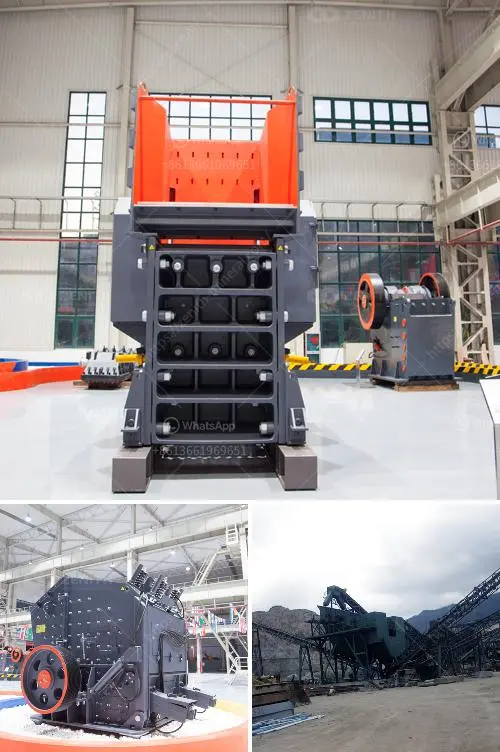Overloading a crusher can indeed lead to a reduction in total production for several reasons. Here's why this counterintuitive situation occurs:
Mechanical Stress and Damage: Overloading increases the wear and tear on the crusher. This can lead to frequent breakdowns or even catastrophic failure, causing unplanned downtime, which reduces overall production time.
Reduced Efficiency: When a crusher is overloaded, its ability to efficiently sort and crush materials is compromised. The machine might struggle to process the material effectively, leading to a bottleneck where the input exceeds the crusher's capacity to process it.
Inconsistent Output Size: Overloaded crushers may produce inconsistent output sizes because the material isn't being processed as intended. This can lead to problems further down the production line where materials might need re-crushing or cause issues with subsequent processing stages.
Higher Power Consumption: Overloaded machines consume more energy, which not only increases operational costs but can also contribute to overheating. This can further degrade performance and lead to additional maintenance issues.
Increased Recirculation Load: When oversized material is not properly crushed, it often has to be recirculated through the crusher, adding to the overall load and further reducing the net production rate.
Safety Risks: Overloading increases the risk of safety hazards. Blockages can cause the crusher to operate unpredictably, endangering personnel and equipment, leading to further operational delays when safety protocols are initiated.
Reduced Product Quality: Crushers that are overloaded may not produce material that meets quality standards, forcing a rerun of processes or adjustments that detract from productive time.
Effective crusher operation requires maintaining loads within the design capacity and ensuring appropriate maintenance and monitoring are in place to optimize performance and avoid the pitfalls of overloading.
